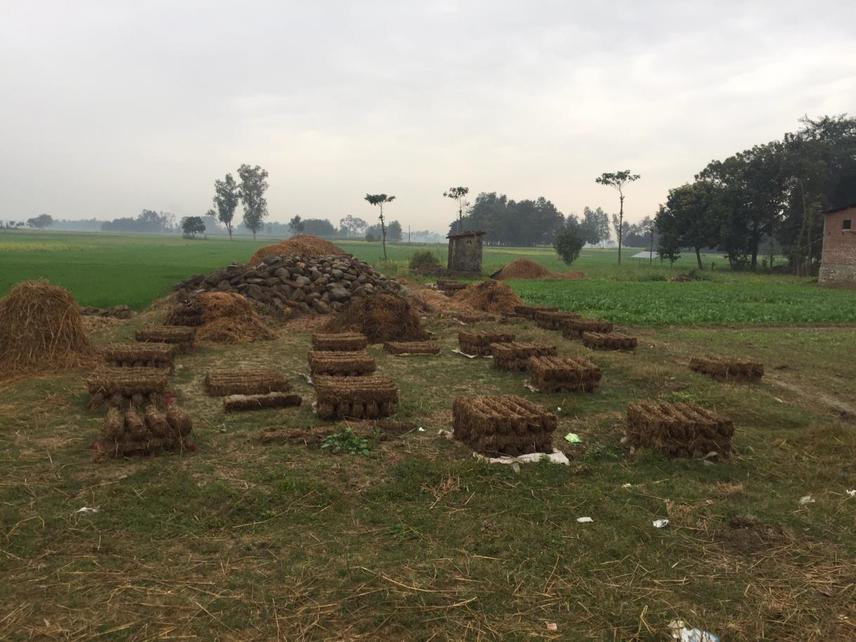Prabin Bhusal
Other projects
13 Jun 2013
Agroforestry Promotion for Livelihood Enhancement and Biodiversity Conservation (Pilot Project in the Panchase Protected Forest Area in Kaski District)
16 Nov 2015
Agroforestry Promotion for Livelihood Enhancement and Biodiversity Conservation (Project in the Community Forest User Groups in Kavre, Nepal)
This project promotes agroforestry practices in public land for biodiversity conservation, livelihood support, and mitigation of north-south conflict on forest use. It will emphasize the positive effects that public land management can bring to the southern community from the Terai region of Nepal, far from the forest, near the Indian border. The project will use participatory action research, adaptive learning processes and field-based activities, involving community forest user groups, and be monitored and evaluated by program management committee. It includes discussion series, establishment of nursery, demonstration plot and formation of public land management groups and dissemination of community conservation efforts.

Piles of Guitha (Dry dung fuel) prepared for cooking and heating.
This project promotes agroforestry practices in public land for biodiversity conservation, livelihood support, and mitigation of north-south conflict on forest use. It will emphasize the positive effects that public land management can bring to the southern community from the Terai region of Nepal, far from the forest, near the Indian border. Increasing the supply of forest products to the southern community and reducing pressure in community forests, developing local habitat heterogeneity and minimizing the increasing forest conflict between northern and southern communities are the project’s major aims. Further, It focus on effective management of public lands that provides an important asset for southern communities not only to generate forest resources and supplement forest products but, more importantly, to reduce conflict and generate livelihood opportunities (Meena et. al. 2008). It will also help reduce the human pressure on ecologically fragile Chure forest and maintain or promote local biodiversity.
The project approach blends participatory action research and adaptive (reflective) learning process, with a formal research design including control sites and surveys to generate robust evidence. It will assess the potential and challenges of the community to adopt the agroforestry in public lands and build the learning innovations in fostering suitable practices.
The adaptive learning approach and participatory approach has become instrumental in fostering collective learning and deliberative spaces to resolve issues related to access and equity and the underlying exclusionary social institutions rooted in the Nepalese society (Ojha et.al 2010). We aim to achieve the intended outcomes by focusing on participatory activities and adaptive learning processes (Bhusal, 2013; 2016). Community-based approach and participatory learning and sharing has been widely promoted and taken up in community awareness and nature conservation (e.g. community forestry in Nepal, community fisheries in Cambodia and Philippines) and in practices many national and international projects have pointed out its success cases.
The key activity includes:
• Formation of Project Management Committee
• Inception workshop
• Household surveys and biophysical analysis
• Series of Hamlet level discussion with southern community
• Nursery establishment and seedling production
• Capacity building activities
• Establishment of demo plot and plantation:
• Dissemination and documentation of learning’s
In each activity, three levels of interventions will be undertaken:
1. Community level: Planning and implementation of project activities
2. Community network level: Joint endeavour of stakeholders: Community Forest User Groups,
Public Land Management Groups, forest office, ward representatives
3. Documentation of each activity and learning’s